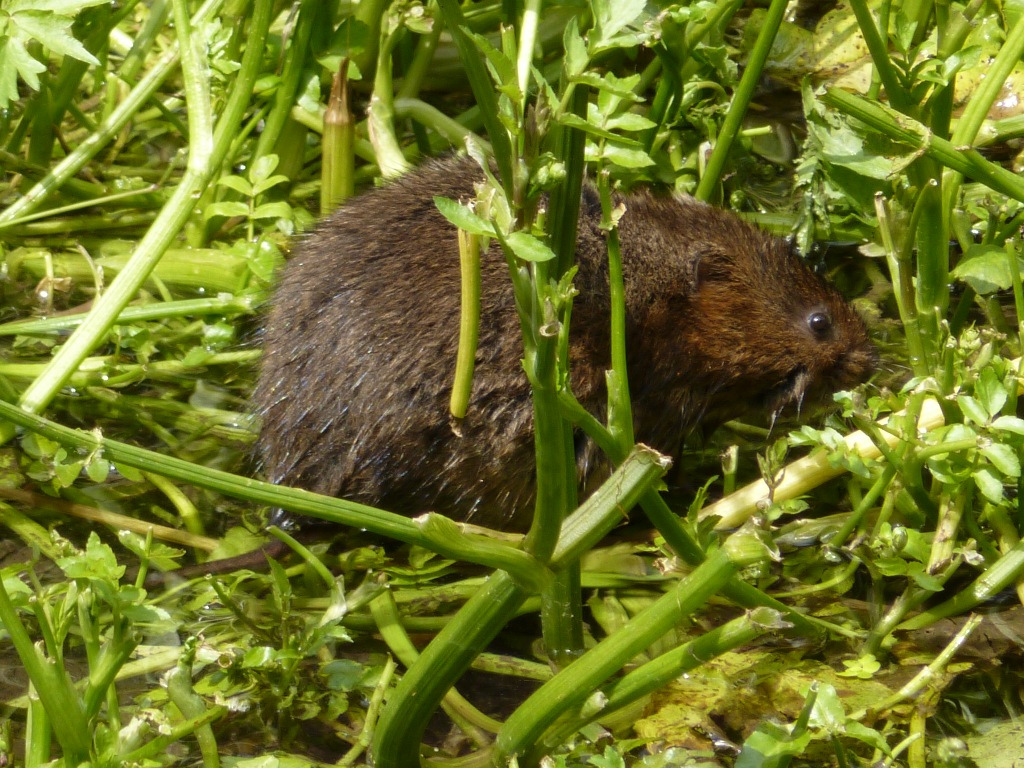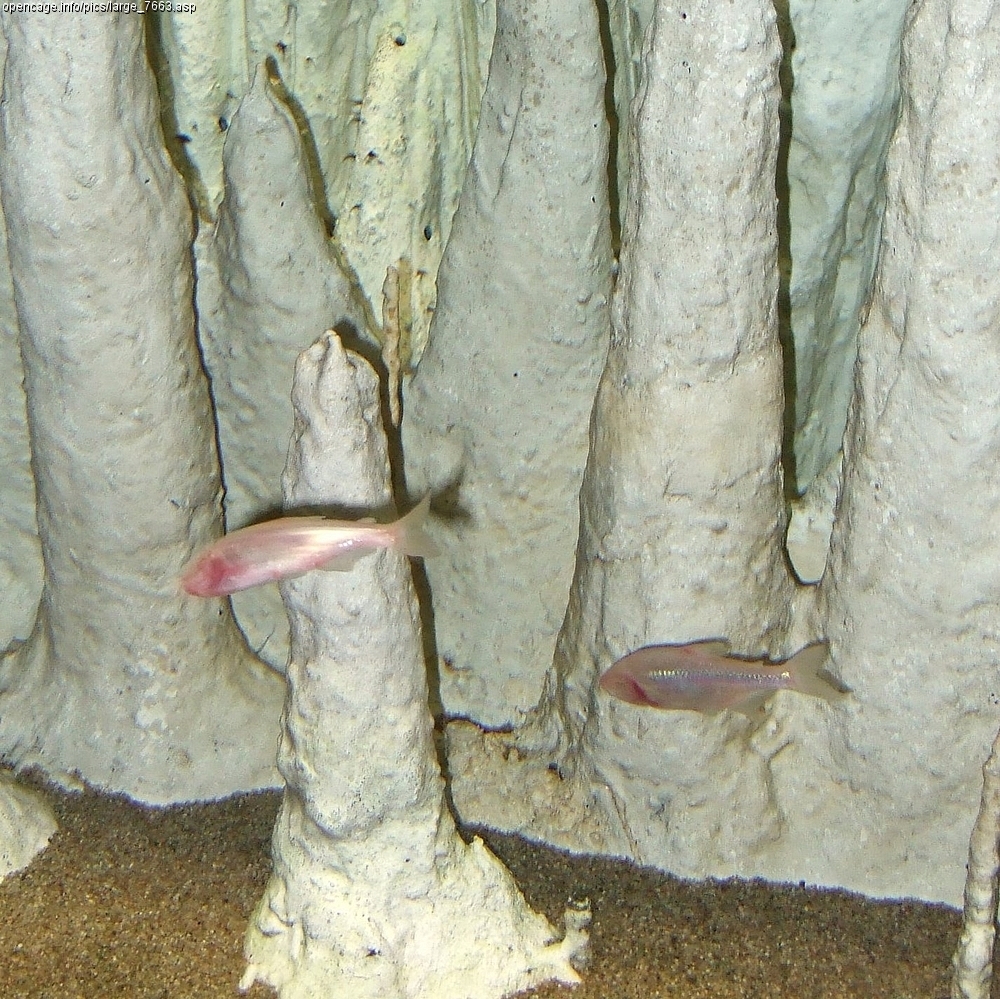|
Niphargellus Glenniei
''Niphargellus glenniei'', also known as the south-western groundwater shrimp, is a species of amphipod from within the family Niphargidae. A native of the United Kingdom, it has been placed onto the UK Biodiversity Action Plan list of priority species. It is the first aquatic troglobite to be given a conservation status within the UK. Description ''Niphargellus glenniei'' lacks pigment and is eyeless, much like other Stygofauna. It will reach sexual maturity at around 2.5-3 mm long. Distribution ''Niphargellus glenniei'' is endemic to England, where it has been recorded in 143 sites within the southwest of the country. It is restricted to the counties of Cornwall and Dorset Dorset ( ; archaically: Dorsetshire , ) is a county in South West England on the English Channel coast. The ceremonial county comprises the unitary authority areas of Bournemouth, Christchurch and Poole and Dorset (unitary authority), Dors .... Habitat ''Niphargellus glenniei'' lives ... [...More Info...] [...Related Items...] OR: [Wikipedia] [Google] [Baidu] |
Amphipoda
Amphipoda is an order of malacostracan crustaceans with no carapace and generally with laterally compressed bodies. Amphipods range in size from and are mostly detritivores or scavengers. There are more than 9,900 amphipod species so far described. They are mostly marine animals, but are found in almost all aquatic environments. Some 1,900 species live in fresh water, and the order also includes the terrestrial sandhoppers such as '' Talitrus saltator''. Etymology and names The name ''Amphipoda'' comes, via New Latin ', from the Greek roots 'on both/all sides' and 'foot'. This contrasts with the related Isopoda, which have a single kind of thoracic leg. Particularly among anglers, amphipods are known as ''freshwater shrimp'', ''scuds'', or ''sideswimmers''. Description Anatomy The body of an amphipod is divided into 13 segments, which can be grouped into a head, a thorax and an abdomen. The head is fused to the thorax, and bears two pairs of antennae and one pair of ... [...More Info...] [...Related Items...] OR: [Wikipedia] [Google] [Baidu] |
Niphargidae
Niphargidae is a family of amphipod crustaceans. Its distribution is in western Eurasia, and its members mainly live in subterranean freshwaters habitats. It contains the following genera: *'' Carinurella'' Sket, 1971 *'' Foroniphargus'' G. Karaman, 1985 *'' Haploginglymus'' Mateus & Mateus, 1958 *'' Microniphargus'' Schellenberg, 1934 *''Niphargellus Niphargellus is a genus of amphipod crustaceans within the family Niphargidae. A cladogram according to the Catalogue of Life The Catalogue of Life is an online database that provides an index of known species of animals, plants, fungi, an ...'' Schellenberg, 1938 *'' Niphargobates'' Sket, 1981 *''Niphargopsis'' Chevreux, 1922 (synonym of ''Niphargus'') *'' Niphargus'' Schiødte, 1847 *'' Pontoniphargus'' Dancău, 1970 References External links * Crustacean families {{amphipod-stub ... [...More Info...] [...Related Items...] OR: [Wikipedia] [Google] [Baidu] |
United Kingdom
The United Kingdom of Great Britain and Northern Ireland, commonly known as the United Kingdom (UK) or Britain, is a country in Europe, off the north-western coast of the European mainland, continental mainland. It comprises England, Scotland, Wales and Northern Ireland. The United Kingdom includes the island of Great Britain, the north-eastern part of the island of Ireland, and many List of islands of the United Kingdom, smaller islands within the British Isles. Northern Ireland shares Republic of Ireland–United Kingdom border, a land border with the Republic of Ireland; otherwise, the United Kingdom is surrounded by the Atlantic Ocean, the North Sea, the English Channel, the Celtic Sea and the Irish Sea. The total area of the United Kingdom is , with an estimated 2020 population of more than 67 million people. The United Kingdom has evolved from a series of annexations, unions and separations of constituent countries over several hundred years. The Treaty of Union between ... [...More Info...] [...Related Items...] OR: [Wikipedia] [Google] [Baidu] |
United Kingdom Biodiversity Action Plan
The United Kingdom Biodiversity Action Plan or (UK BAP) was the UK government's response to the Convention on Biological Diversity, opened for signature at the Rio Earth Summit in 1992. The UK was the first country to produce a national Biodiversity Action Plan. It was published in 1994 and created action plans for priority species and habitats in the UK that were most under threat so as to support their recovery. Purpose The UK Biodiversity Action Plan summarised the most threatened or rapidly declining biological resources of the United Kingdom, and gave detailed plans for their conservation. Individual 'Action Plans' were provided for these habitats and species, and a reporting mechanism was established to demonstrate how the UK BAP was contributing to the United Kingdom's commitment to help reduce or halt the significant losses in global biodiversity, highlighted by the international Convention on Biological Diversity. The original publication included action plans for 45 hab ... [...More Info...] [...Related Items...] OR: [Wikipedia] [Google] [Baidu] |
Troglobite
A troglobite (or, formally, troglobiont) is an animal species, or population of a species, strictly bound to underground habitats, such as caves. These are separate from species that mainly live in above-ground habitats but are also able to live underground (eutroglophiles), and species that are only cave visitors (subtroglophiles and trogloxenes). Land-dwelling troglobites may be referred to as troglofauna, while aquatic species may be called stygofauna, although for these animals the term ''stygobite'' is preferable. Troglobites typically have evolutionary adaptations to cave life. Examples of such adaptations include slow metabolism, reduced energy consumption, better food usage efficiency, decrease or loss of eyesight (anophthalmia), and depigmentation (absence of pigment in the integument). Conversely, as opposed to lost or reduced functions, many species have evolved elongated antenna and locomotory appendages, in order to better move around and respond to environment ... [...More Info...] [...Related Items...] OR: [Wikipedia] [Google] [Baidu] |
Stygofauna
Stygofauna are any fauna that live in groundwater systems or aquifers, such as caves, fissures and vugs. Stygofauna and troglofauna are the two types of subterranean fauna (based on life-history). Both are associated with subterranean environments – stygofauna are associated with water, and troglofauna with caves and spaces above the water table. Stygofauna can live within freshwater aquifers and within the pore spaces of limestone, calcrete or laterite, whilst larger animals can be found in cave waters and wells. Stygofaunal animals, like troglofauna, are divided into three groups based on their life history - stygophiles, stygoxenes, and stygobites. # Stygophiles inhabit both surface and subterranean aquatic environments, but are not necessarily restricted to either. # Stygoxenes are like stygophiles, except they are defined as accidental or occasional presence in subterranean waters. Stygophiles and stygoxenes may live for part of their lives in caves, but don't com ... [...More Info...] [...Related Items...] OR: [Wikipedia] [Google] [Baidu] |
Endemism
Endemism is the state of a species being found in a single defined geographic location, such as an island, state, nation, country or other defined zone; organisms that are indigenous to a place are not endemic to it if they are also found elsewhere. For example, the Cape sugarbird is found exclusively in southwestern South Africa and is therefore said to be ''endemic'' to that particular part of the world. An endemic species can be also be referred to as an ''endemism'' or in scientific literature as an ''endemite''. For example ''Cytisus aeolicus'' is an endemite of the Italian flora. ''Adzharia renschi'' was once believed to be an endemite of the Caucasus, but it was later discovered to be a non-indigenous species from South America belonging to a different genus. The extreme opposite of an endemic species is one with a cosmopolitan distribution, having a global or widespread range. A rare alternative term for a species that is endemic is "precinctive", which applies t ... [...More Info...] [...Related Items...] OR: [Wikipedia] [Google] [Baidu] |
Cornwall
Cornwall (; kw, Kernow ) is a historic county and ceremonial county in South West England. It is recognised as one of the Celtic nations, and is the homeland of the Cornish people. Cornwall is bordered to the north and west by the Atlantic Ocean, to the south by the English Channel, and to the east by the county of Devon, with the River Tamar forming the border between them. Cornwall forms the westernmost part of the South West Peninsula of the island of Great Britain. The southwesternmost point is Land's End and the southernmost Lizard Point. Cornwall has a population of and an area of . The county has been administered since 2009 by the unitary authority, Cornwall Council. The ceremonial county of Cornwall also includes the Isles of Scilly, which are administered separately. The administrative centre of Cornwall is Truro, its only city. Cornwall was formerly a Brythonic kingdom and subsequently a royal duchy. It is the cultural and ethnic origin of the Cor ... [...More Info...] [...Related Items...] OR: [Wikipedia] [Google] [Baidu] |
Dorset
Dorset ( ; archaically: Dorsetshire , ) is a county in South West England on the English Channel coast. The ceremonial county comprises the unitary authority areas of Bournemouth, Christchurch and Poole and Dorset. Covering an area of , Dorset borders Devon to the west, Somerset to the north-west, Wiltshire to the north-east, and Hampshire to the east. The county town is Dorchester, in the south. After the reorganisation of local government in 1974, the county border was extended eastward to incorporate the Hampshire towns of Bournemouth and Christchurch. Around half of the population lives in the South East Dorset conurbation, while the rest of the county is largely rural with a low population density. The county has a long history of human settlement stretching back to the Neolithic era. The Romans conquered Dorset's indigenous Celtic tribe, and during the Early Middle Ages, the Saxons settled the area and made Dorset a shire in the 7th century. The first re ... [...More Info...] [...Related Items...] OR: [Wikipedia] [Google] [Baidu] |
Crustaceans Described In 1952
Crustaceans (Crustacea, ) form a large, diverse arthropod taxon which includes such animals as decapods, seed shrimp, branchiopods, fish lice, krill, remipedes, isopods, barnacles, copepods, amphipods and mantis shrimp. The crustacean group can be treated as a subphylum under the clade Mandibulata. It is now well accepted that the hexapods emerged deep in the Crustacean group, with the completed group referred to as Pancrustacea. Some crustaceans ( Remipedia, Cephalocarida, Branchiopoda) are more closely related to insects and the other hexapods than they are to certain other crustaceans. The 67,000 described species range in size from '' Stygotantulus stocki'' at , to the Japanese spider crab with a leg span of up to and a mass of . Like other arthropods, crustaceans have an exoskeleton, which they moult to grow. They are distinguished from other groups of arthropods, such as insects, myriapods and chelicerates, by the possession of biramous (two-parted) limbs, and ... [...More Info...] [...Related Items...] OR: [Wikipedia] [Google] [Baidu] |



.jpg)
